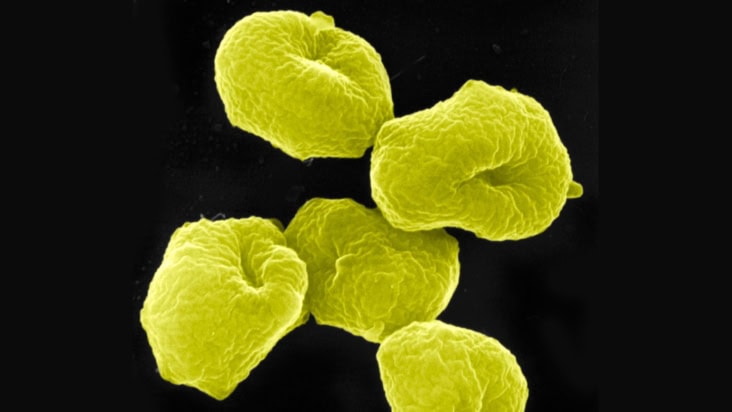Physics World November 2015
Extremes in physics: toughest lifeforms, strongest magnets, blackest materials
Whether it’s the shortest wavelength, the lightest particle, the highest pressure or the brightest beam, there’s something intrinsically appealing about pushing boundaries to break records and establish new limits of what’s physically possible. This special issue covers three frontier-busting research endeavours. We kick off by looking at a human-made extreme: the search for the blackest materials ever produced. Next, we examine how physics techniques are unravelling the secrets of tough lifeforms that exist in some of the most extreme environments on Earth. Finally, we go beyond Earth to a cosmic extreme: magnetars – a special kind of rotating neutron star that are the strongest magnets in the universe.
Expand to full screen, bookmark pages or download a PDF to read offline using the icons beneath the screen. Read it now
You can read selected articles from the November 2015 issue of Physics World in HTML format
Want even more from Physics World?
Get more from Physics World without waiting for the next issue. The same great journalism, but delivered to you daily. Read updates on the latest research as soon as they happen and access more than 25 years of online content, organized across 15 dedicated scientific areas. Visit the homepage to start exploring.






